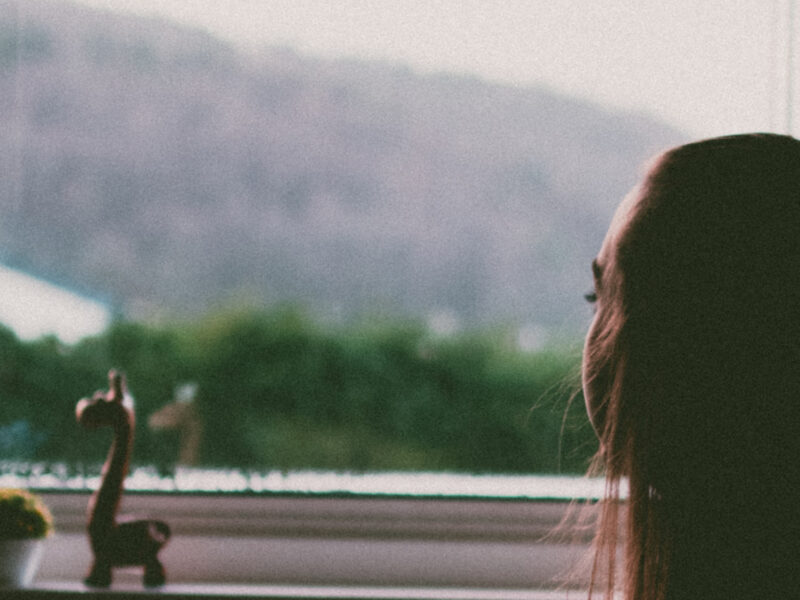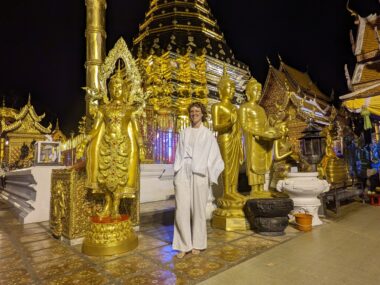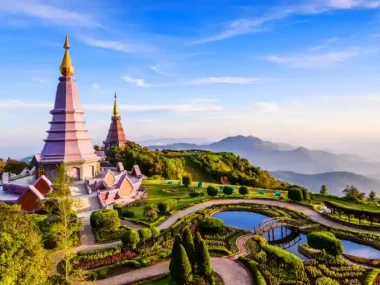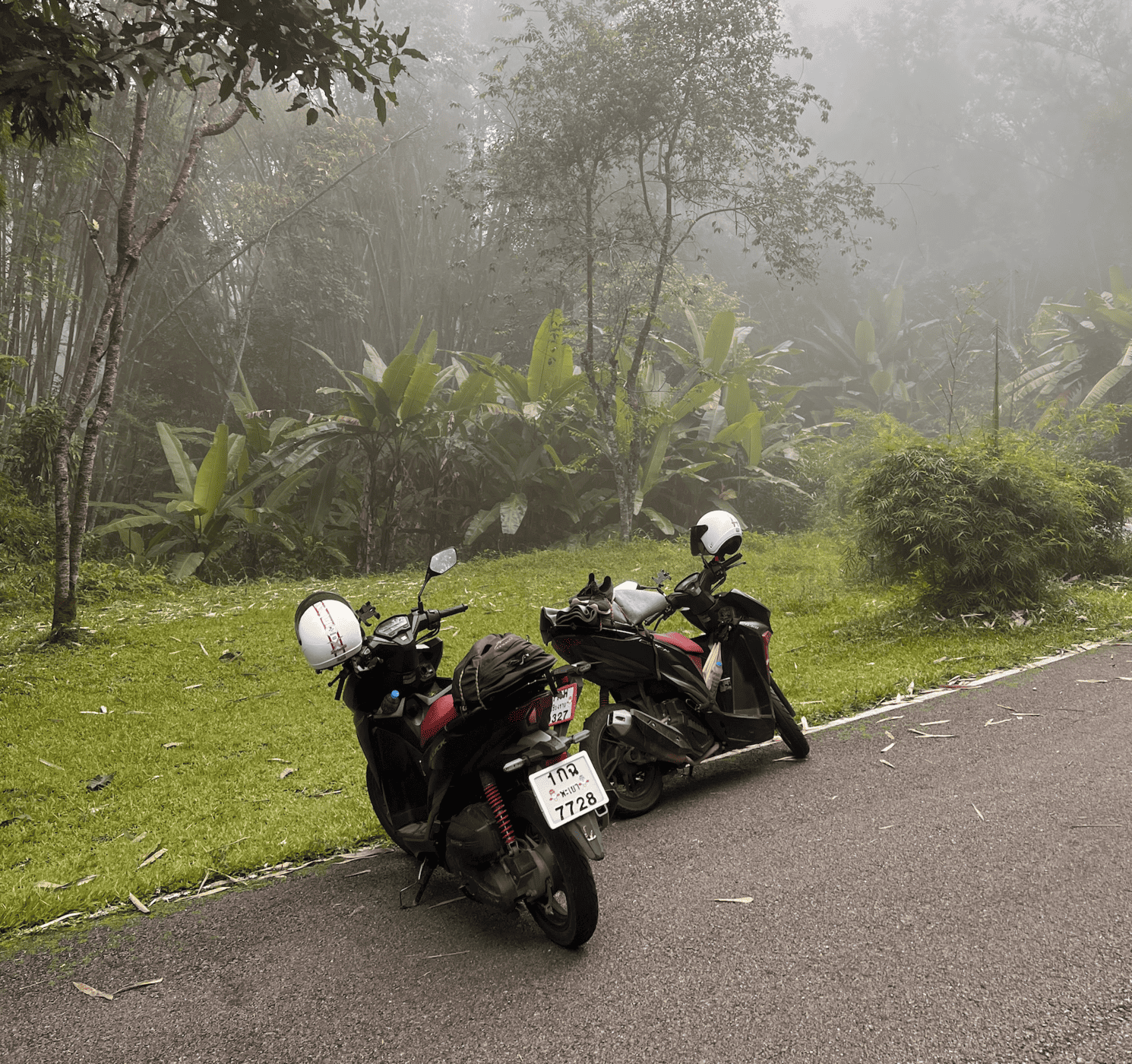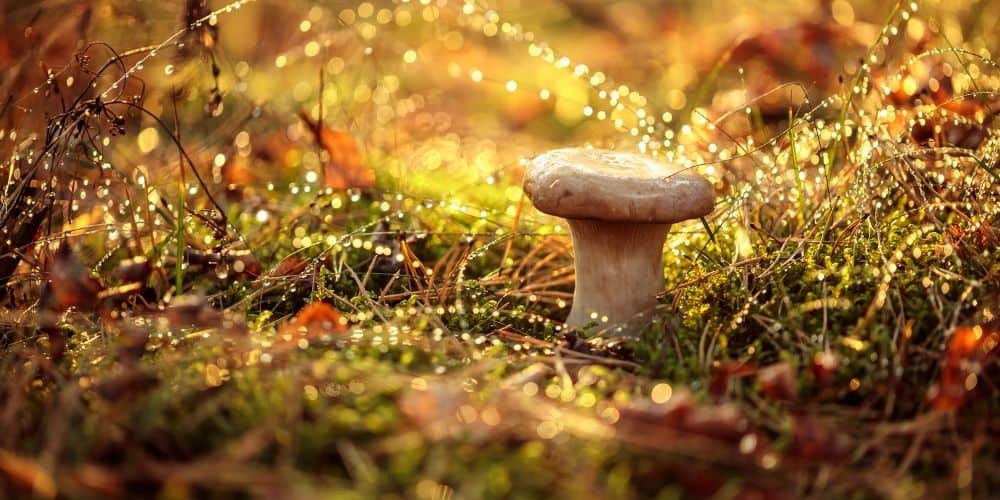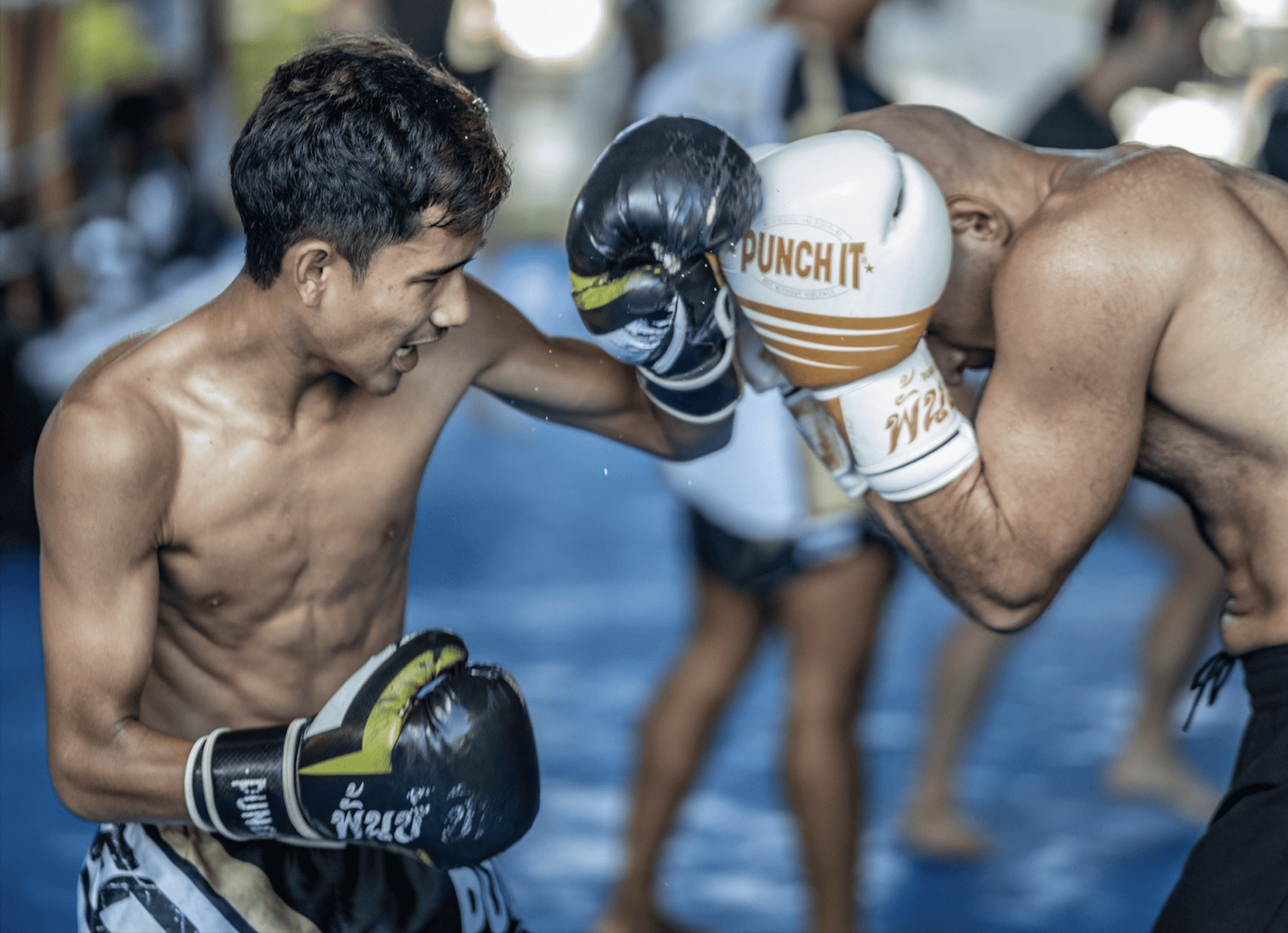Table of Contents
It’s raining outside. I’m sitting by the window as I write this. The smell of wet earth fills the air. I absolutely love this smell. It’s like nature’s own perfume rising fresh from the ground. For me, it’s nostalgic and strangely comforting. It’s like a reminder that the world is alive and breathing.
When I was a kid, I used to make paper boats, play with them, and hop in the tiny swimming pool formed by rainwater in the park. I can literally bet every kid in India has done this at least once, and I’m one of them.
I don’t hate monsoon days, but I can’t stop thinking about October, when the rains will vanish and the crisp chill of winter will hit our doors. This time of the year always takes me back to my childhood days. Winter isn’t just another season for me, it’s the season of my favourite festival- Diwali.
The sad part is that I’m not a kid anymore. I’ve left my teenage years behind and am stepping into the next chapter of my life. A lot has changed over the years.
Somewhere between the childish me and the adult I’m becoming, there’s a struggle to protect my inner child. The universe keeps giving me reasons not to let my inner child die
One of the biggest reasons is India’s biggest festival – Diwali!
It’s time I open the slambook and share my precious memories with you.
Come, let me take you on a ride through my Diwali celebrations and how thousands of Indians celebrate it every year.
WAIT… WHAT IS EVEN DIWALI ?

If you Google it, it says “row of lights”. But these three words fall short in capturing what this really is…
It’s basically a “festival of lights”. Imagine yourself looking around, and the whole country glows from streets to houses, even the sky, with fairy lights and fireworks. At the end of the day, nothing beats the coziness that comes from family and friends sharing meals, laughter, and stories together. The spirit is louder, brighter, and bigger than the Christmas lights, making it feel alive and lively.
Millions of Indians celebrate it every year to showcase victory over evil. It sprinkles positive energy and good luck into our lives.
Every child in India grows up hearing the old tale and the authentic stories behind this festival’s purpose from our grandmothers or elders.
It takes place over five days. Each one marks its own weight and charm, almost like characters from your favorite novel.
It all begins with Dhanteras, a day for welcoming prosperity. On this day, families buy something valuable like gold, silver and other close items as a sign of good fortune.
Going back to the moment!
When I was in my prime, my dad would show up with my favorite doll set and a dollhouse, along with other valuable items he bought for the home. Girl dads! you know what I’m talking about, right ? That gift? It was pure magic to me. My golden period was childhood.
The second day, Choti Diwali, gives a message about cleanliness. The cleaning craze kicks off well before choti diwali. It’s basically a mini and light version of the third day or the main day – diwali itself. It’s full of decorating, prepping, and resetting ourselves for the joy that follows.
Honestly it’s also the time of the year when my mom thinks I have the cleaning powers of a super woman.
It symbolizes the victory of purity over evil.
The third day is the big one. That’s when all the festivities, energy, and curiosity come to action.
Day 4 – Govardhan Puja
The atmosphere is very calm and religious. Govardhan is a sacred hill. “It’s seen as a symbol of safety, divine care, and nature’s protective power. On this day, families prepare a feast of vegetarian dishes as offerings to give thanks for food, shelter, natural resources and the Earth’s protection.
The last day, i.e., Bhai Dooj, is all about strengthening the forever bond between brothers and sisters. On this day, I pray for my brother’s well-being and success. I apply a tilak ( a red-colored sacred mark) on his forehead, and my brother showers me with chocolates and cute gifts in return. That’s how we never break the bro-sis code.
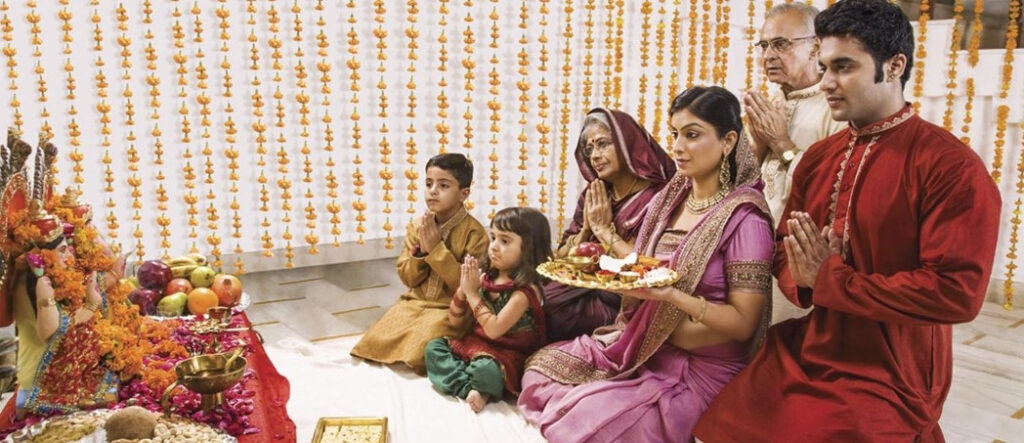
In Indian culture, it’s a ritual to worship Goddess Lakshmi, the goddess of wealth, and Goddess Ganesha, the goddess of wisdom and good fortune, on the day of Diwali. We clean every inch of our houses because it’s an old belief that a clean and pure place invites blessings from Hindu deities.
It’s not just a tradition ; it’s our way to connect with the goddess of prosperity and good fortune. We pray not just for money or success, but for peace, health, and happiness for our loved ones . The fragrance of heavenly incense sticks captivates the senses.
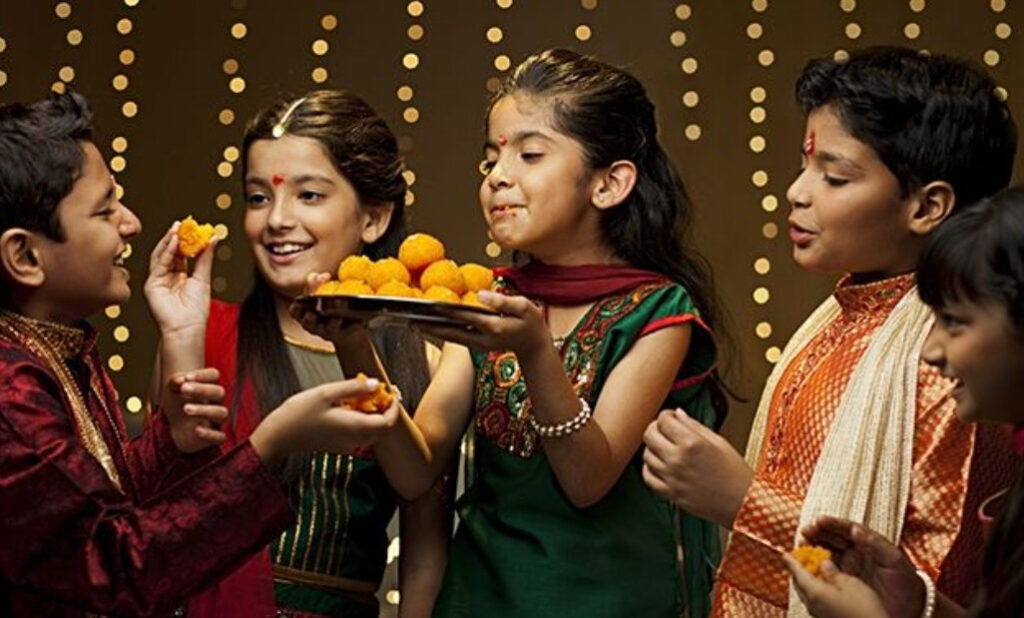
Once the prayers are done, it’s time to eat something that tastes like heaven. The piles of mouth – watering Indian desserts like laddoos, barfi, jalebi, kaju katli, soan papdi, etc carry the aroma of cardamom and clarified butter. Kaju Katli is smooth and creamy, with cashew as the hero ingredient, topped with a silver coating. Barfi is soft, white, and has a milky texture that instantly melts in the mouth. Jalebi are golden, crunchy spirals soaked in sweet and juicy syrups. Ladoos are like soft, dark orange balls packed with sweetness. Soan papdi is yellowish, flaky, and has sweet and nutty flavors.
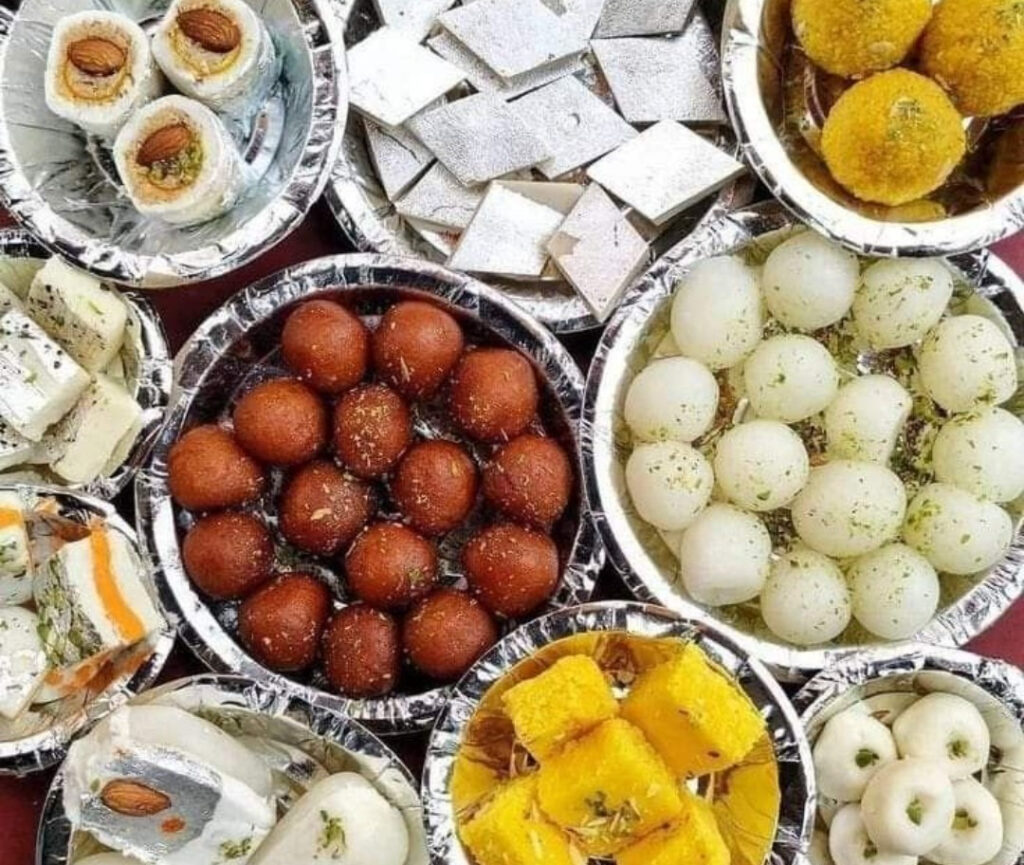
We exchange gifts like boxes of chocolates, Indian desserts (sweets), authentic delicacies, or dry fruits. This inculcates the values of gratitude and togetherness among people. Nothing feels more comforting than sharing good food and laughter with your people. The environment feels warm, even though there’s a soft flow of cold breeze outside.
If stories of love, light, and belonging make your heart feel full, join our Uncharted community and share the traditions that bring you home.
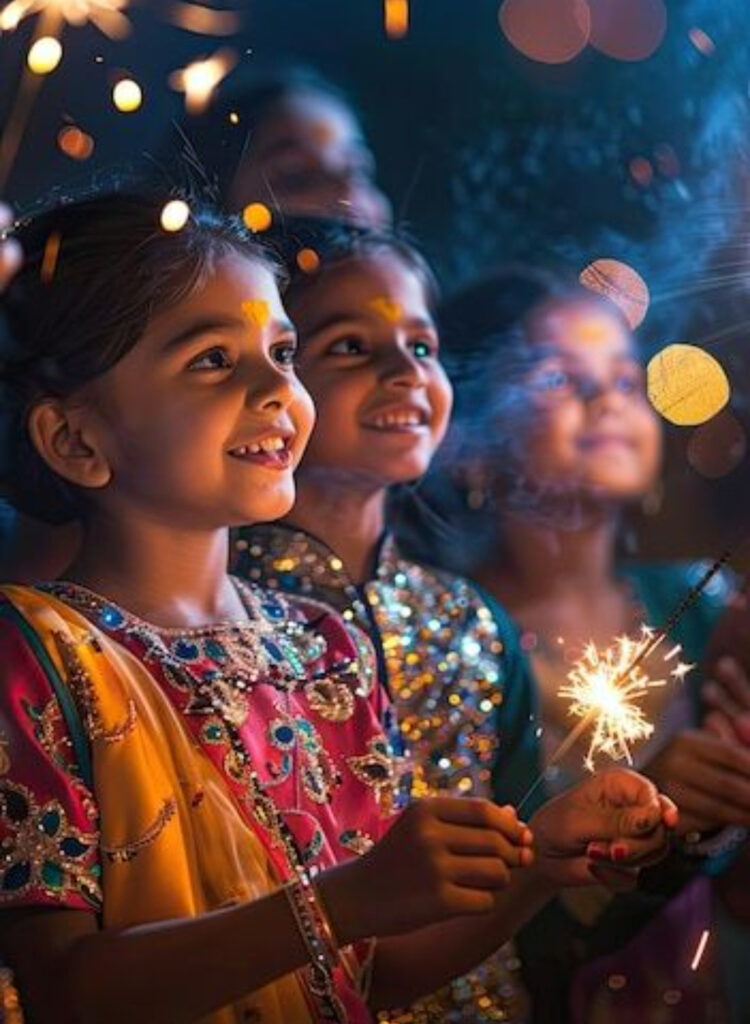
Children are so excited while playing with firecrackers as if they are holding a piece of magic in their hands.
A firecracker is a small noisemaker that explodes with light and sound, used as a source of entertainment.
Some of the most common firecrackers played by kids in India are –
Chakri – it’s like a fiery fidget spinner ; you ignite it, toss it on the ground, and it gives off Beyblade tournament vibes.
Rocket– It’s a mini version of a rocket that lands with way too much drama. You ignite it, and it goes straight into the sky. It screams in the air, and BANG! It bursts like glitter. Kids in my locality hold a record of crash-landing it and smashing my neighbour’s window.
Fuljhadi – it’s very similar to sparklers, etc.
You know that feeling?! when you see some kids doing the things you used to, and you try to act all tough but just can’t? That’s really just your inner child trying to take over.
You know what’s actually at the top of my bucket list? It’s not traveling the world; that comes second. Sometimes, I wish I had a time machine so I could go back, hug my younger self, and tell her to live every moment to the fullest, to never regret the mischiefs, because that time will never come again. The best part about looking back is that I find pieces of myself gaining life again.
Every girl has a secret princess inside her.
I still remember when I was 10; I’d twirl around in colorful traditional Diwali outfits for my dad. He’d adore me with so much love. His smile was worth more than a million. No words in the Oxford dictionary can define this feeling.
And of course, unlocking my main character energy on those perfect good hair days.
Dressing up in Indian traditional dresses is super fun. Growing up, the little fashion shows I used to do for my dad have turned into mirror selfies, aesthetic pics, and candid shots with my people. The feeling is the same. The level has been upgraded.
Some people prefer a quieter, eco-friendly Diwali, lighting just lamps and lanterns. The whole atmosphere shines as if the night itself has come alive.
DIYA’S
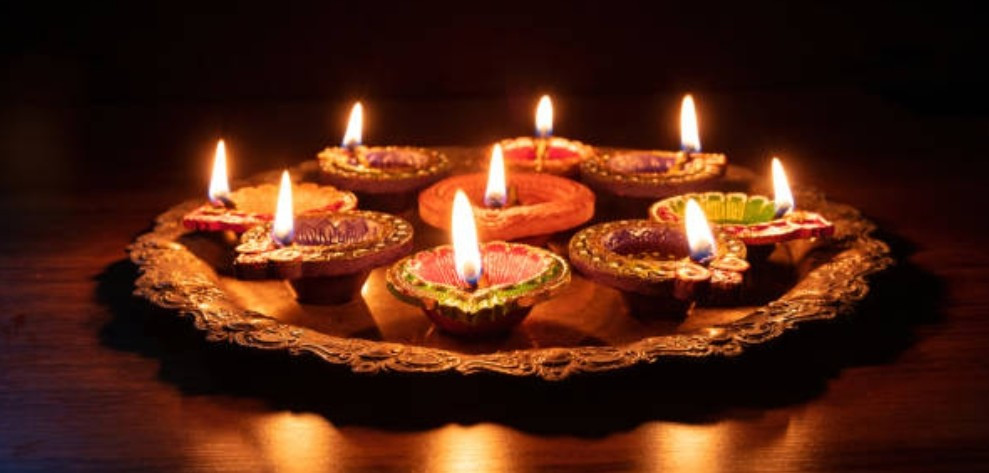
Imagine walking through a neighborhood where every doorstep twinkles with tiny clay oil lamps called diyas . In every home, diyas are carefully lit and placed on windowsills, balconies, staircases, and every corner of the house .
RANGOLI
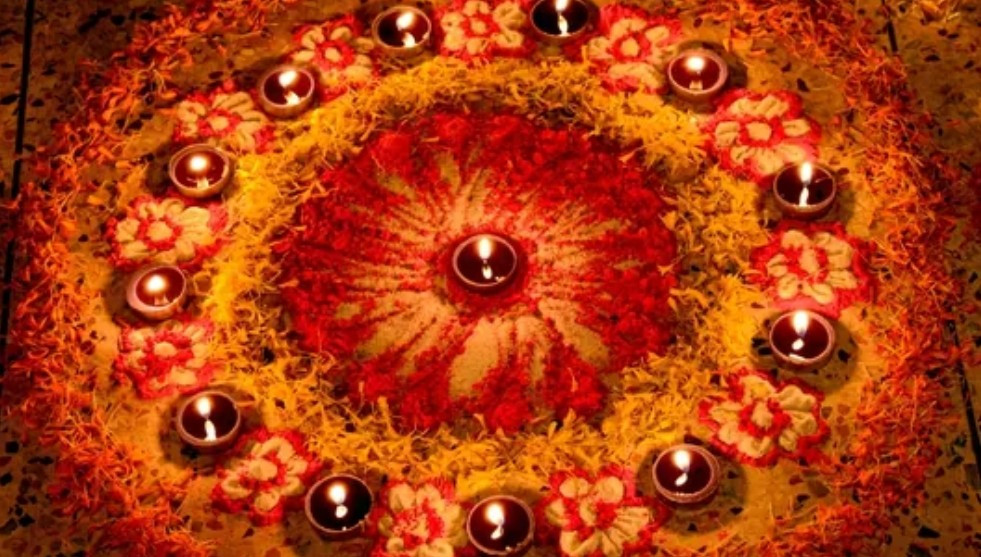
It is a traditional Indian folk art. It includes beautiful patterns and designs similar to those shown in the image above. It is crafted on the floors on the day of Diwali at the entrance using materials like colored rice flour, rose petals, flower petals, artificial colors, and so on. People make rangoli to welcome guests and to invite Goddess Lakshmi (Hindu deity) into the home. If you’re someone who is interested in art, you’ll fall in love with this activity.
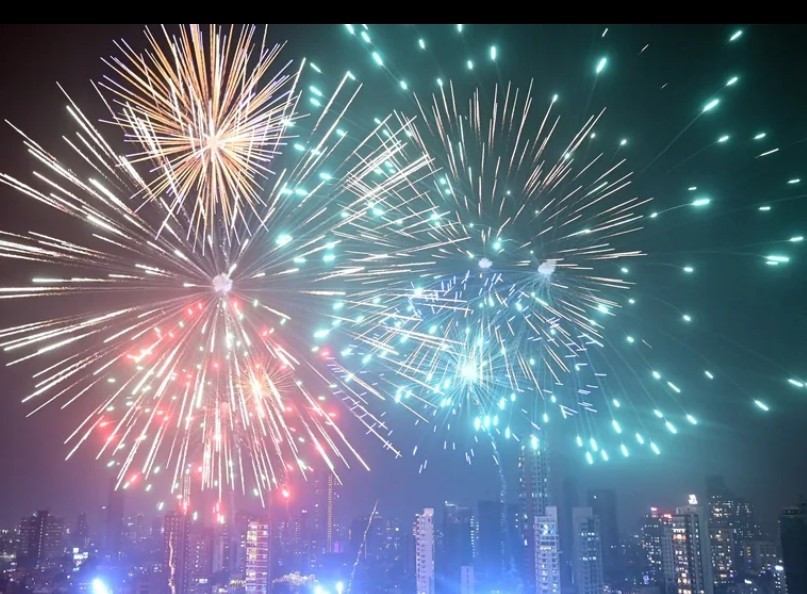
As the night deepens, the sky slowly turns dark blue, resembling a necklace of stars.
Houses and trees are decorated with colorful fairy lights.
WHAT DIWALI MEANS TO ME
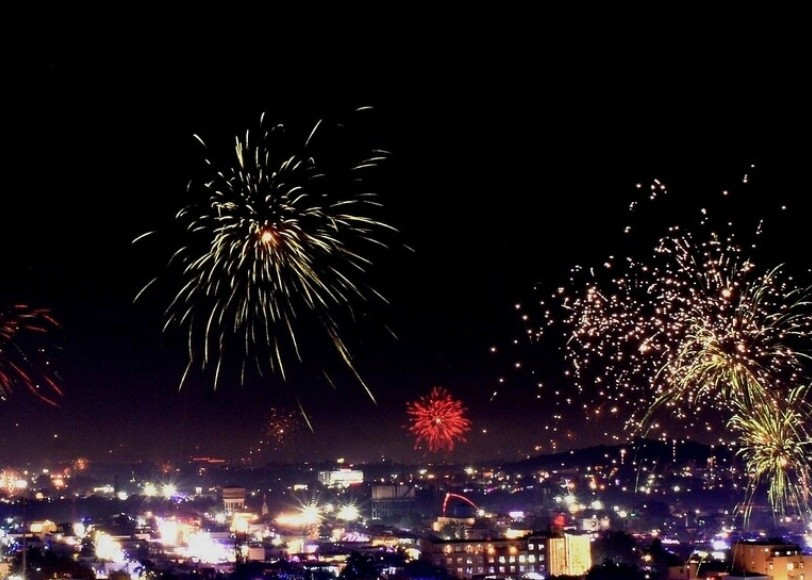
There is one more thing that makes this festival special for me.
Every year, Diwali gives me a chance to make myself better than yesterday. Every diya we light feels like a tiny prayer for a brighter tomorrow. It’s not just about lamps or fireworks; it’s about connection. Every gesture feels like a little love shared.
When the sky gets darker, I love to stand by the window, enjoying the aura. I sometimes walk on the terrace to feel the core of this festival. It’s magical to see stars getting lost in the firelight .
I always feel that Diwali is nature’s way of reminding us that even after the darkest nights, light always returns.
Every time I take a walk through the streets on Diwali night, it feels like I’m in my soft feminine era. A divine energy flows through my mind and heart while nature dances.
And yes! Diwali is coming… and I can’t wait to revisit the same enthusiasm again.
Why do people love celebrating Diwali so much?
Because it feels like the entire country lights up with love. It’s not just about fireworks or sweets, it’s about reconnecting with people, memories, and moments that matter.
What is the real meaning of Diwali for Indians?
Diwali celebrates the victory of light over darkness and good over evil. But for most families, it’s also a time for gratitude, reflection, and sharing joy with loved ones.
Why are diyas and rangoli so important during Diwali?
Diyas symbolize light, hope, and renewal, while rangoli adds color and warmth to the home. Together, they welcome good energy and mark the beginning of something positive.
How is Diwali different now from when you were a child?
The fireworks have become fewer and the selfies more common, but the feeling is still the same. The joy of decorating, dressing up, and being with family never changes.

